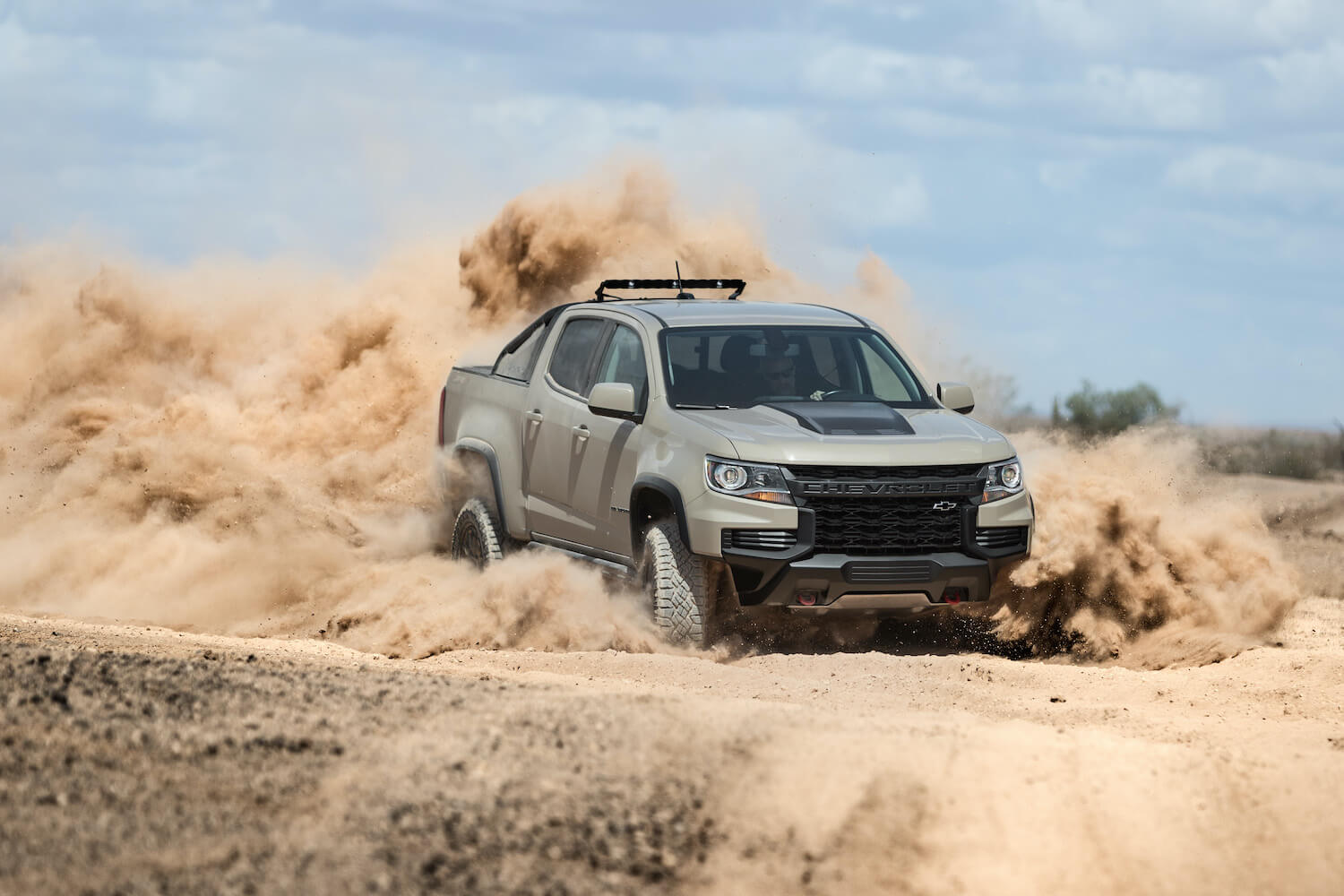
Photography by Courtesy of the manufacturers
Manual and automatic transmissions both have their place on- and off-road. Each transmission type has pros and cons. The argument over which is better has gone on just as long as both transmissions have existed, but in most cases it comes down to personal preference. Unfortunately, the number of available manual transmissions in new vehicles has diminished significantly over the years. More people are checking the automatic transmission option box over a manual than ever, making stick shift transmissions a dying breed. They made up only 6.8 percent of U.S. vehicle sales in 2012, and by 2018 the number dropped further to 3.5 percent. Only a handful of 4x4s are still available with a manual transmission. The good news is that regardless of what transmission you choose for your 4×4, there are aftermarket upgrades available to make manual and automatic transmissions even better. Follow along as we dissect the advantages and disadvantages of both transmissions and the upgrades you should consider for your vehicle.
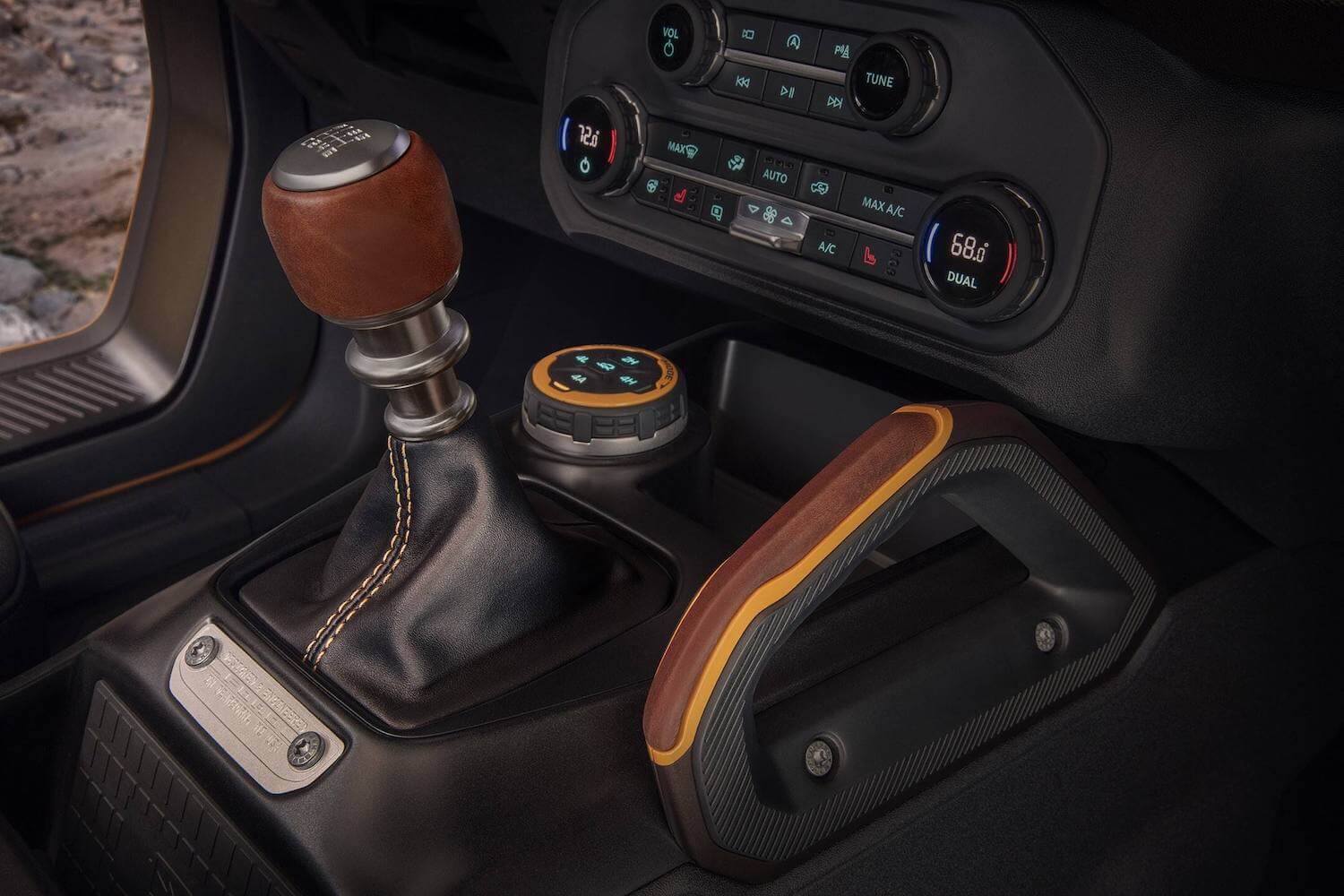
In a time when manual transmissions are on their way out of favor, Ford has introduced an admirable purpose-built off-road worthy manual transmission for the ’21 Bronco. The Bronco MTI550 seven-speed manual transmission features a respectable 6.588 crawler gear for more control at slow speeds in the dirt.
Manual And Automatic Transmission Power
Manual transmission fans are quick to point out that more power makes it to the ground with a stick shift. However, because automatic transmissions have a higher take rate across the board, the vehicle manufacturers have more of a reason to invest in automatic transmission technology and improvements.
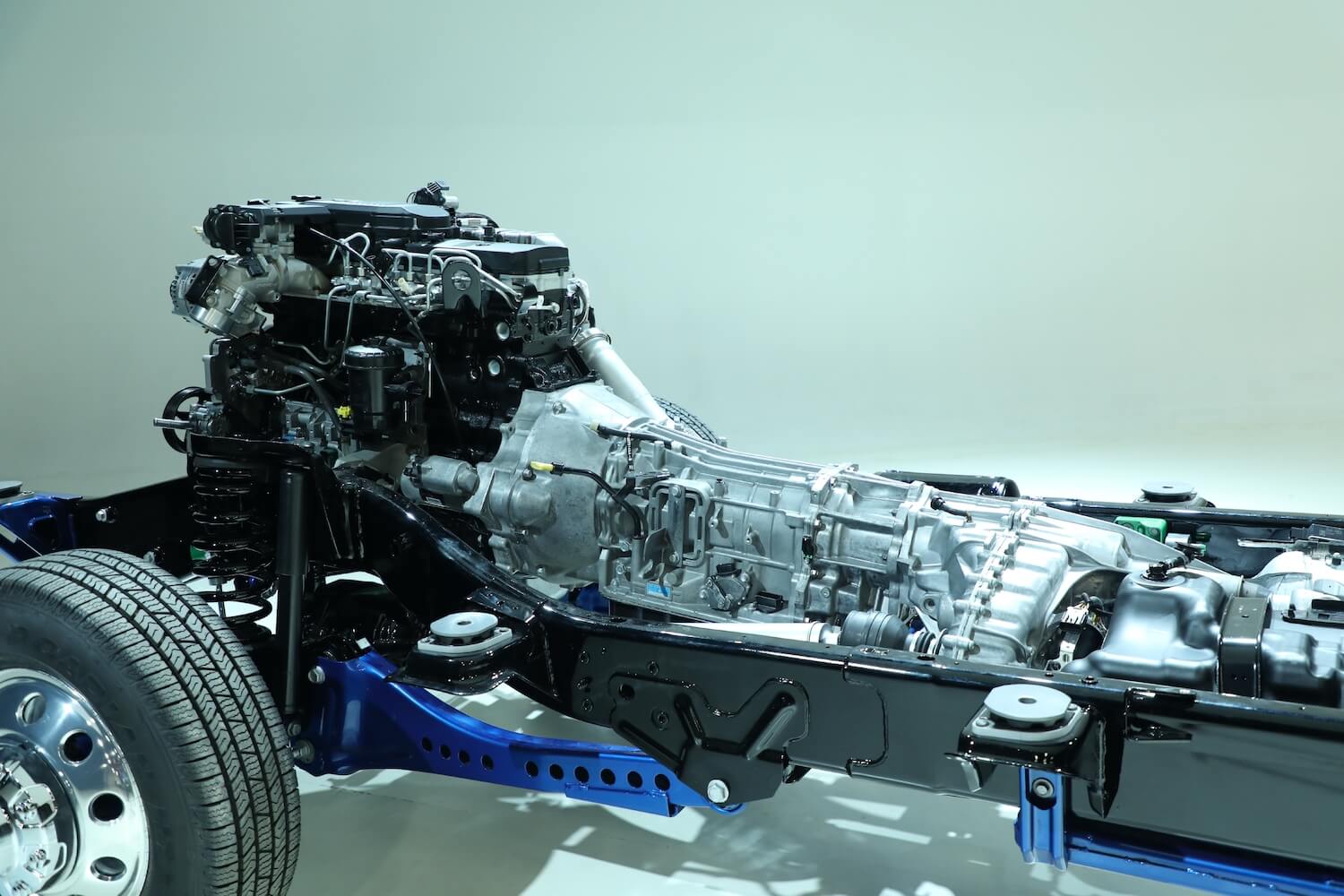
Ram was the last of the fullsize truck manufacturers to offer a manual transmission in 2018. It was only available with a detuned diesel engine. The decrease in power and towing capacity was less desirable for manual transmission fans. The massive Aisin automatic transmission is what you will find backed up to Ram’s most powerful version of the Cummins 6.7L.
By design, the torque converter in an automatic transmission cushions the shock load of abuse to the drivetrain better than a manual transmission. In addition, the current electronically controlled engine and automatic transmissions are programed to offer reduced torque and proper shift points at specific times to help eliminate driveline abuse and failure. For this reason, it’s not at all unusual for an automatic transmission equipped 4×4 to have a higher rated power output and tow capacity than the manual transmission version of the same vehicle. This is especially true of diesel applications where the low rpm torque can really tear things up if unbridled and applied improperly. Aftermarket engine tuners can help even the odds a little, but you’ll have to be careful when slinging the gears in your manual transmission. Too much abuse with increased power can result in a smoked clutch, broken transmission, busted transfer case, spun driveshaft or munched rear axle gears.
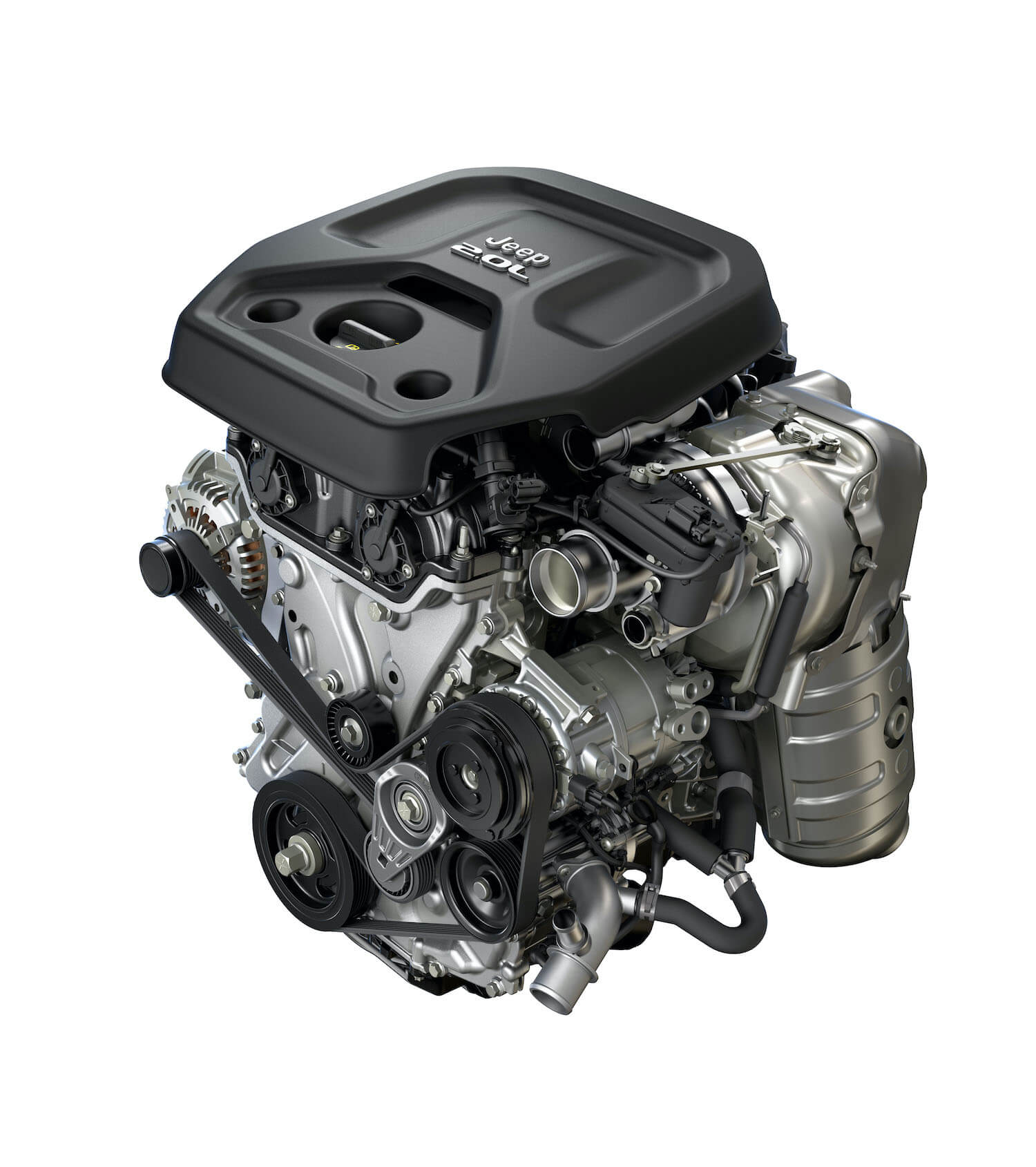
As mild hybrid and hybrid engine use increases, we’ll likely see traditional manual and automatic transmissions be replaced by more efficient electronically shifted dual-clutch transmissions. If fully electric powertrains eventually become the new normal, transmissions as we know them will become extinct.
Manual Versus Automatic Transmission On-Road
The day to day smooth on-road experience is where the automatic transmission typically shines for most users. You put the automatic in drive and go until you reach your destination and then put it in park. The biggest complaint most people have with a manual transmission on-road is shifting in traffic. However, with careful driving you can usually leave the manual transmission in a low gear and poke along slowly at idle. We’ve even successfully shifted the transfer case into low range for miserable Los Angeles traffic.
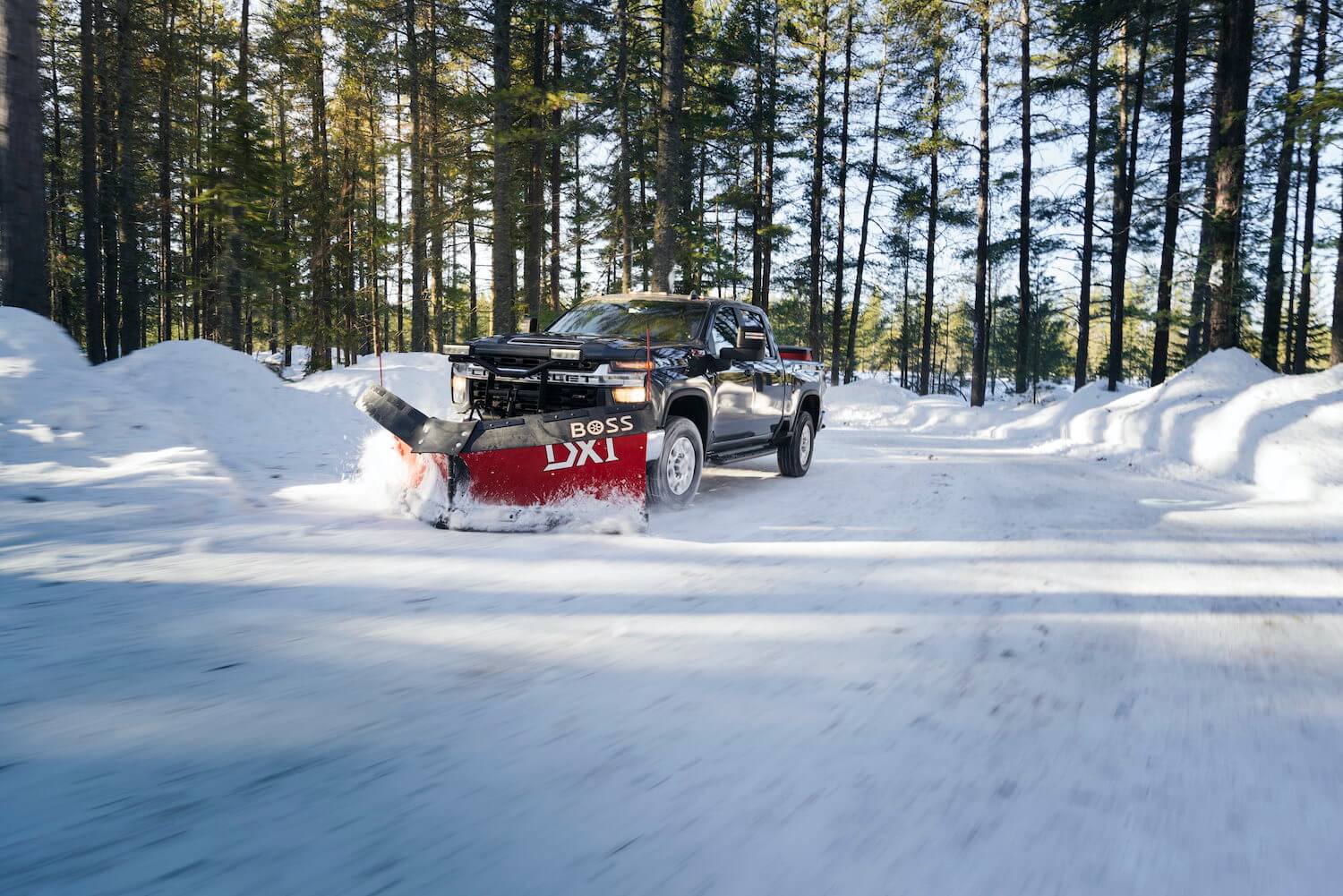
An automatic transmission provides mindless convenience for most drivers on-road. The direct drive of a manual transmission is not desirable in snowy and icy conditions. The cushioning of the torque converter in an automatic makes uncontrolled tire spin less likely than with a manual transmission.
Stopping and starting on hills is also a headache for inexperienced drivers with a manual transmission. Fortunately, many modern 4x4s with manual transmissions have hill start assist, which holds the brakes momentarily while you get moving without having to fumble with all three pedals and a shifter. We’d argue that driving used to be enjoyable and selecting the right gear for the conditions at hand was a privilege. Today, most people see driving as a tedious task that they wish to be braindead for. The automatic transmission helps reach that mindless nirvana.
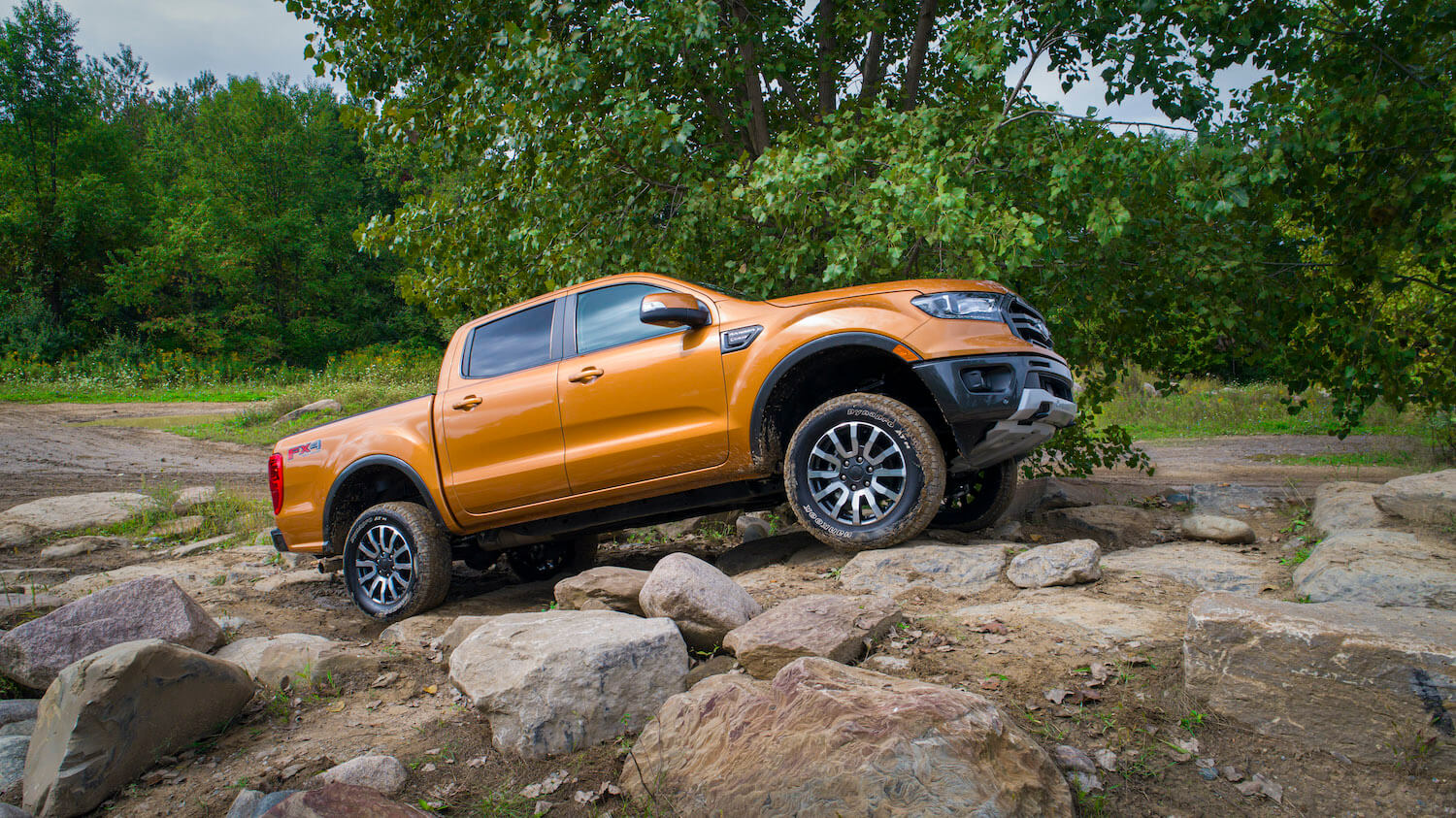
You have to be a true diehard to prefer a manual transmission for slow technical off-roading. It requires a lot of skill and patience to keep from breaking parts or smoking a clutch. By comparison, an automatic transmission provides a point and shoot experience.
Manual Versus Automatic Transmission Off-Road
In the eyes of the typical off-road enthusiast, automatic transmission performance usually outshines manual transmission performance in the dirt. You have to be a real driver with the patience to develop and appreciate the skill needed to traverse a rocky trail with a manual transmission. If you’d rather not put in the work and can’t be bothered with a third pedal and a shifter, then the automatic is the transmission for you.
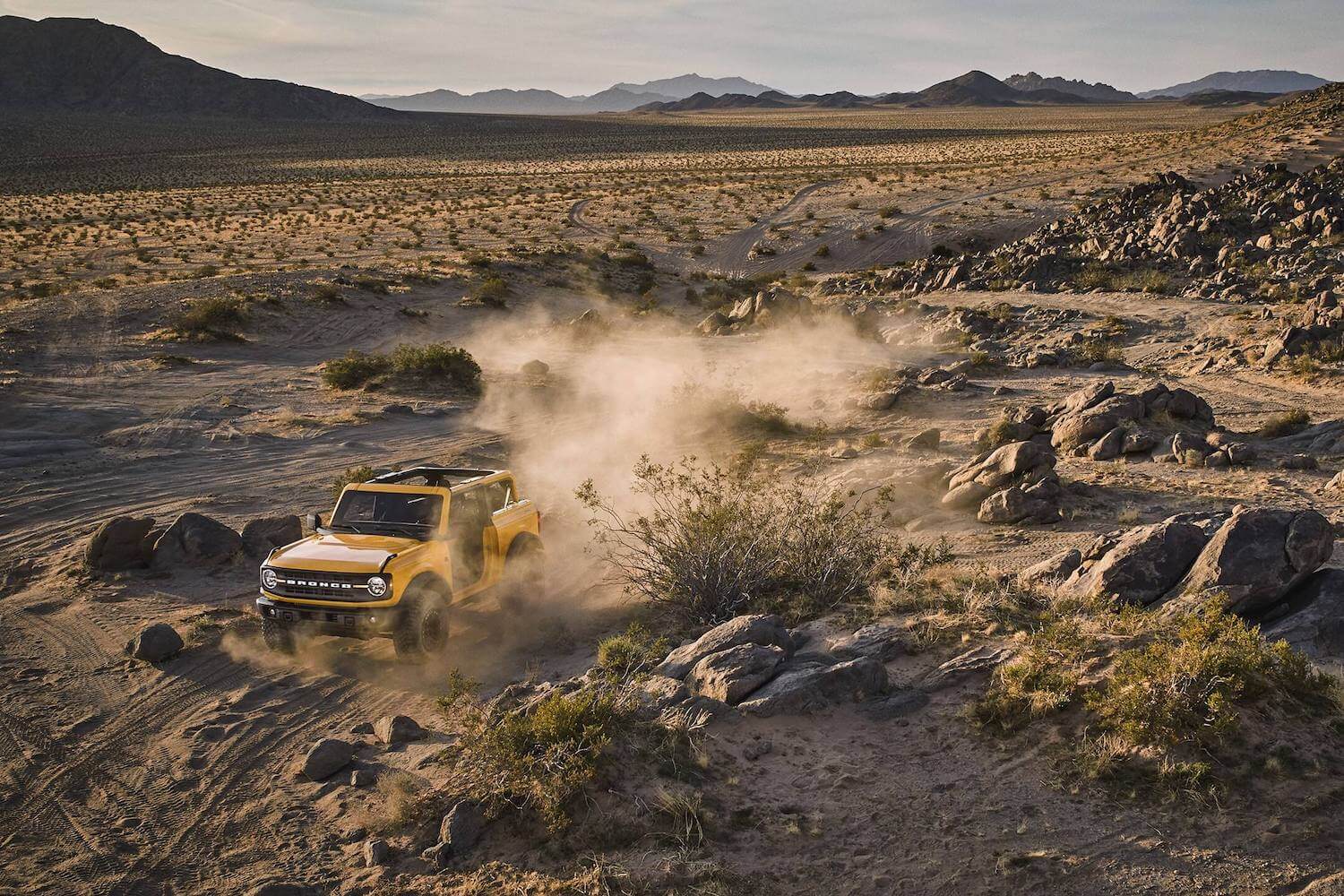
General off-roading in open areas is typically smoother and easier on the other drivetrain parts with an automatic transmission. However, an automatic transmission is more likely to become inoperative due to a rock impact or from fluid contamination during a deep-water crossing. Manual transmissions are usually more reliable in extreme off-road conditions.
Automatic transmissions are less abusive on the drivetrain parts. The direct drive of a manual transmission can scatter axle parts if throttled improperly and shifted heavy fisted. Of course manual transmissions are more robust and can take a whack from a rock much better than the thin oil pan on the bottom of an automatic transmission, and if the oil in an automatic becomes contaminated during a deep water crossing, you aren’t going anywhere. As far as overall trail durability, the manual takes the win.
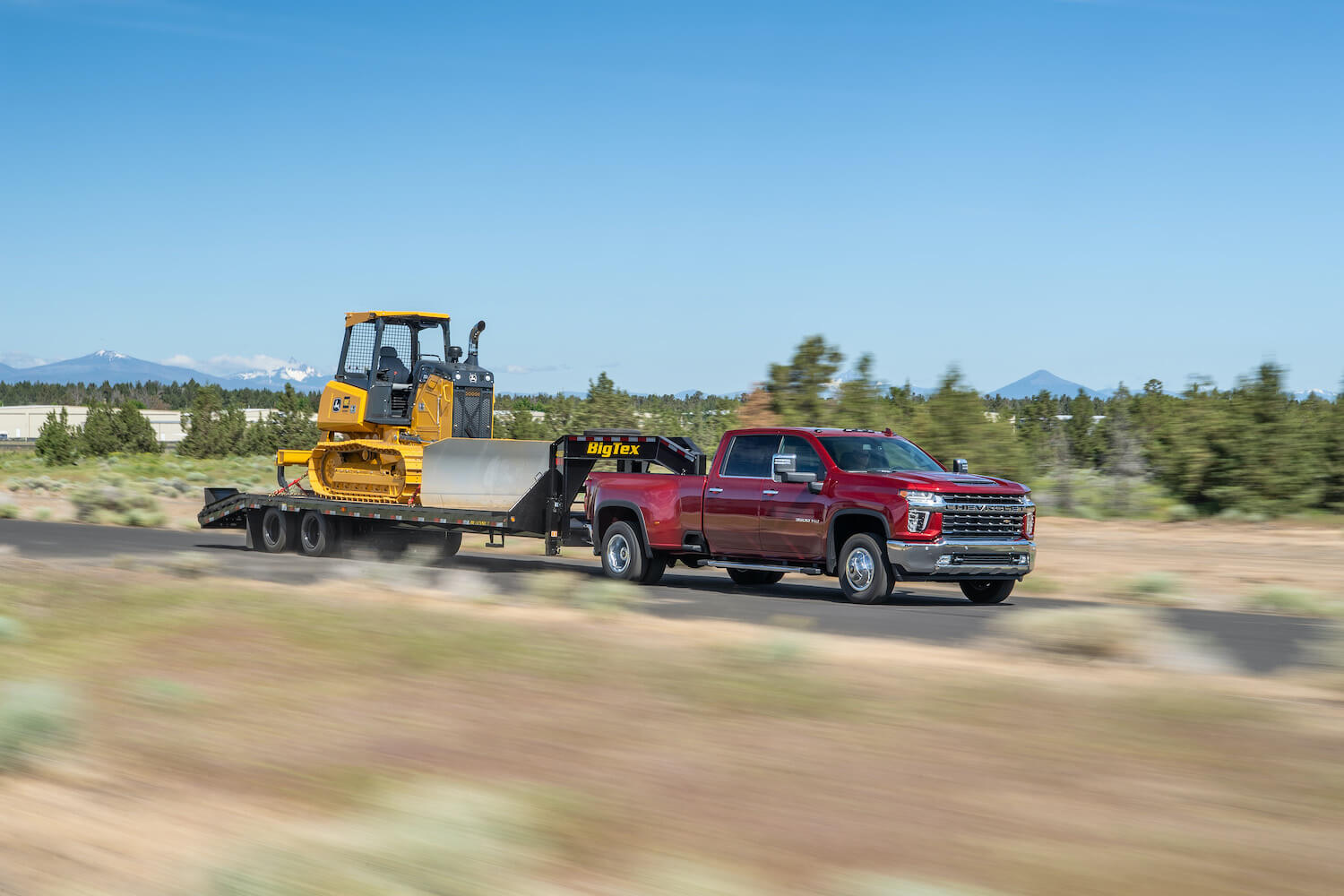
Traditional heavy haulers tend to prefer manual transmissions for many reasons, including the ability to hold a gear while climbing or descending a grade. Although, nearly all modern automatic transmissions have this same capability along with additional gears.
Manual Versus Automatic Transmission Towing
Towing is the one place where manual transmission fans like to claim a victory. The ability to hold a gear as long as you like without a computer forcing the transmission to shift is among the most argued reasons. In the past, this argument held gear oil, but today modern automatic transmissions have the ability to be manually shifted through all the gears, up to ten of them in some cases. No fullsize truck manufacturer currently offers a manual transmission. However, the last one was available in 2018, which could only be had in a 3/4- or 1-ton pickup with a detuned diesel engine. The power loss associated with selecting the manual transmission and a reduced towing capacity are enough to push most manual transmission fans into an automatic. It used to be that the automatic transmissions couldn’t handle the torque and towed weight, but with stock diesel engines surpassing 1,000 lb-ft of torque and trailer weight ratings easily besting 30,000 pounds, the transmissions and other components have become so over engineered and massive that most people will never need the full capability, much less prematurely wear out an automatic transmission. Those who tow heavy with extensive diesel engine modifications can steer into complete aftermarket heavy-duty automatic transmission replacements.
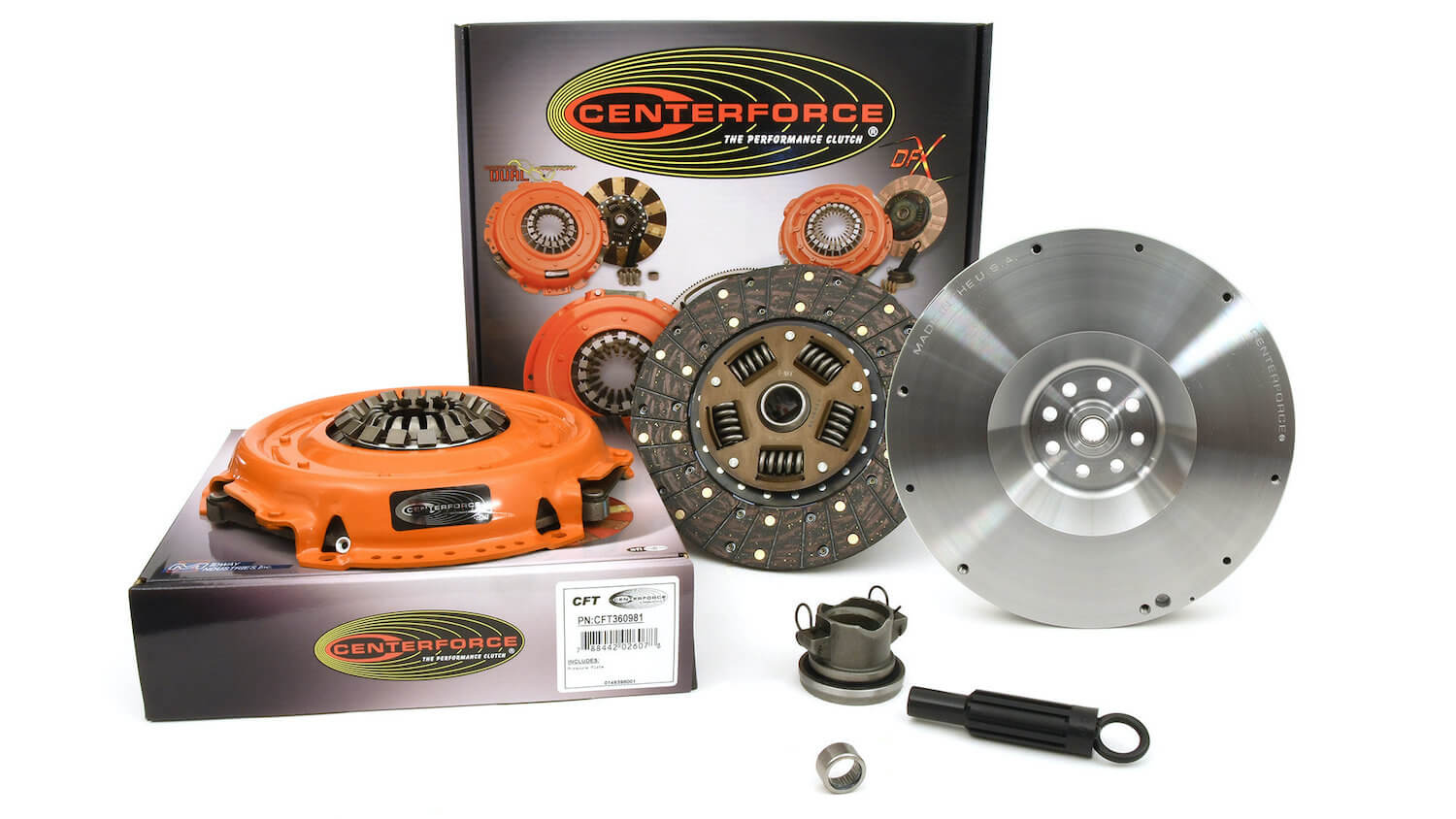
Heavy-duty aftermarket manual transmission clutches provide more clamping force, which is often needed when adding more power, towing or driving off-road. A heavier flywheel is ideal for slower speeds off-road to keep a lugging engine from stalling, while a lighter flywheel is generally preferred for racing applications where quick throttle response is key.
Manual Transmission Upgrades
There are several ways to improve the performance of your manual transmission to better suit your driving style or specific needs. The most common manual transmission upgrade is a heavy-duty aftermarket clutch. Aggressive driving, increasing engine power output or hauling heavy loads can lead to clutch slippage. Heavy-duty aftermarket clutches offer increased clamping force over stock. Less slippage means decreased heat and longer clutch life.
Manual transmissions can also be tuned to meet your engine performance needs. For example, lightweight flywheels are available for many engines. A lighter flywheel will store less inertia, but it will allow engine rpm to ramp up and down much quicker. This is generally most desirable in racing applications. Conversely, you can upgrade to a heavier or weighted aftermarket flywheel. A heavier than stock flywheel will increase inertia, making it more difficult to stall the engine when lugging at lower rpm. Heavier flywheels are usually desired for towing or slow speed technical rock crawling with a manual transmission.
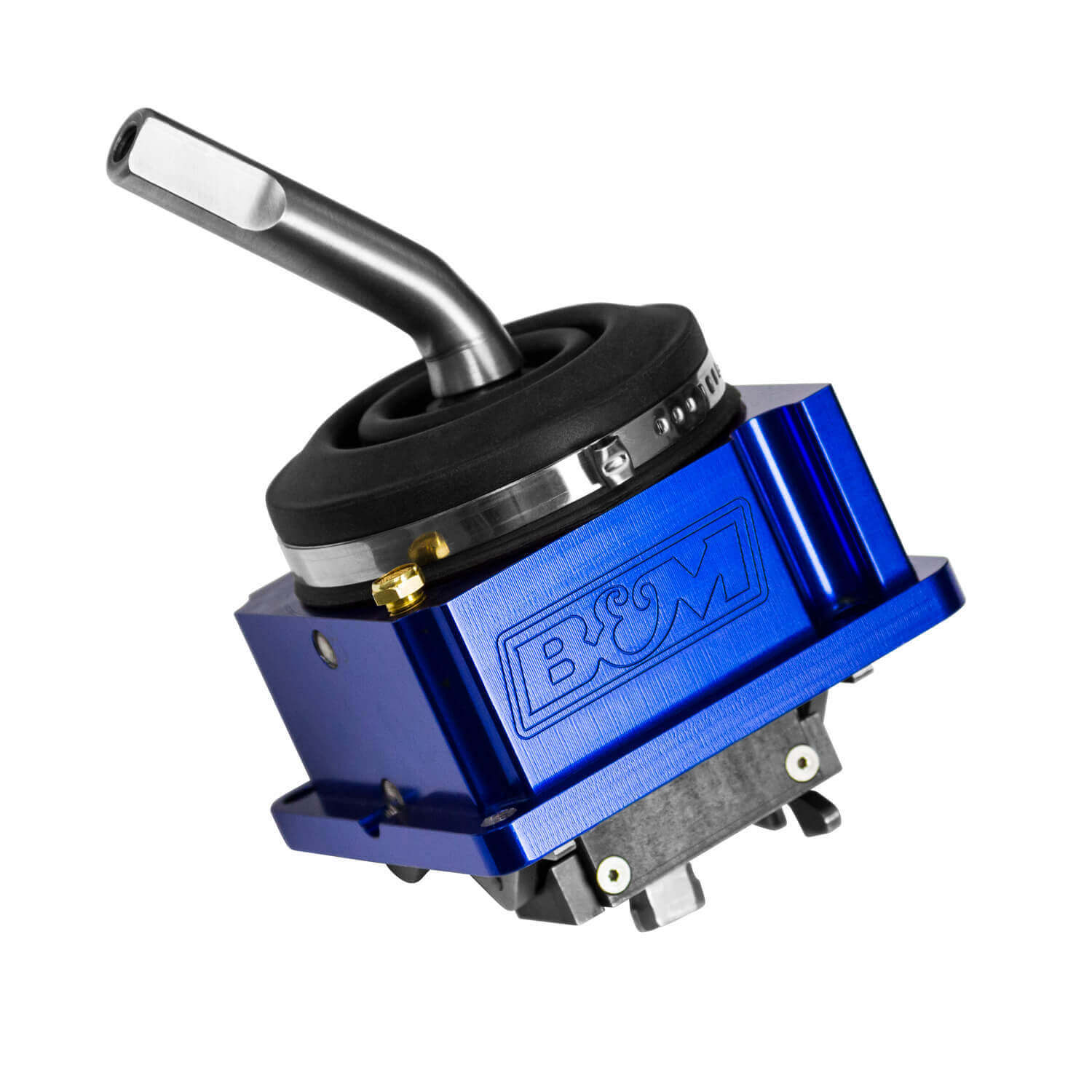
You can speed up the shifting of some manual transmissions with the installation of an aftermarket short throw shifter. Reducing the shifter throw by up to 35 percent means you can row between gears much quicker. This ability is especially handy when trying to maintain momentum in sand, heavy mud and deep snow.
Many modern manual transmissions have really long and cumbersome shift throws, which makes it difficult and slow to row through the gears. Fortunately, some of these transmissions have aftermarket short throw shifters available for them. The short throw shifters can usually be installed without transmission removal or disassembly. They offer a shift throw reduction of up to 35 percent, speeding up your gear changes.
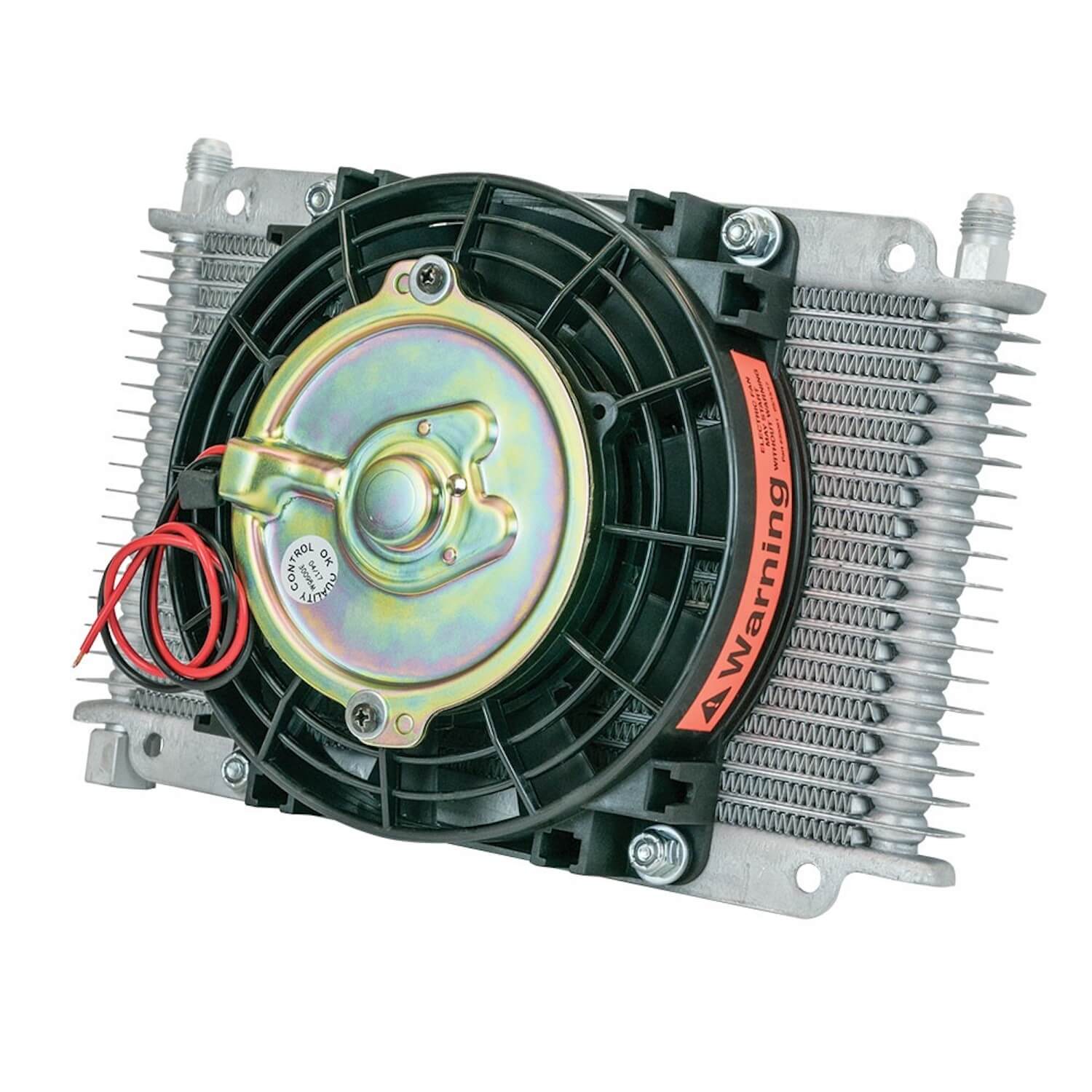
The easiest way to increase automatic transmission cooling capacity is with the addition of an aftermarket cooler. They are available in many shapes and sizes. Some even come with their own electric fans so they can be mounted almost anywhere.
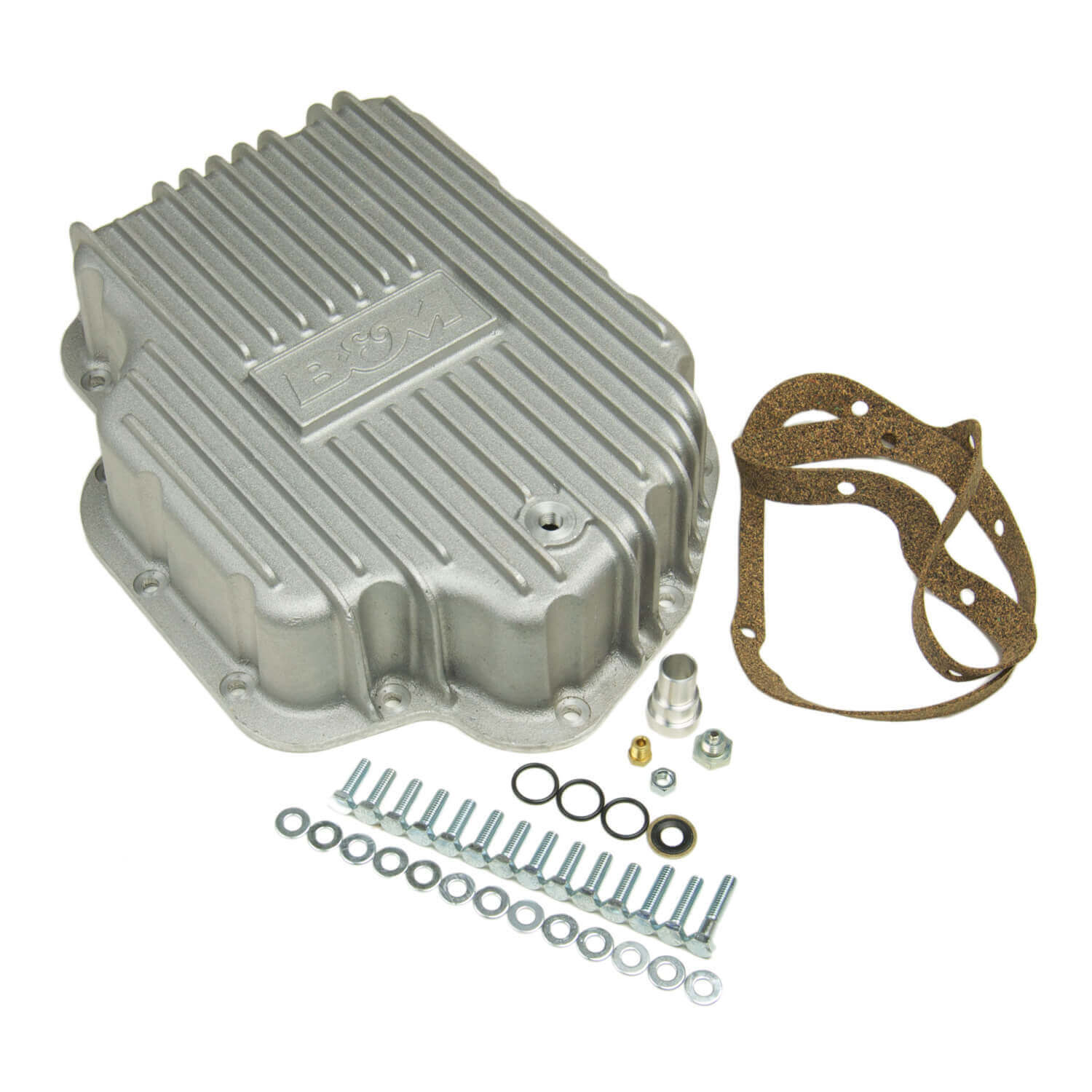
Aftermarket high-capacity transmission pans are available for most popular transmissions. They increase fluid capacity by up to three quarts and the aluminum construction dissipates heat more quickly than factory stamped steel transmission pans.
Automatic Transmission Upgrades
The number one killer of automatic transmissions is heat. Knowing this fact should lead you down the path of upgrading everything that can help keep your transmission cool. The first step is adding a transmission fluid temperature gauge and a sending unit in the transmission oil pan. This will give you a better idea of if and when your automatic transmission is overheating. Increasing fluid capacity with an aftermarket high-capacity deep-sump transmission oil pan is one way to help keep your transmission cool. The pans are available for most popular transmissions. Aftermarket add-on transmission coolers can be plumbed in to increase cooling capacity and aftermarket inline filters help extend the life of your transmission by keeping it fed with clean fluid.
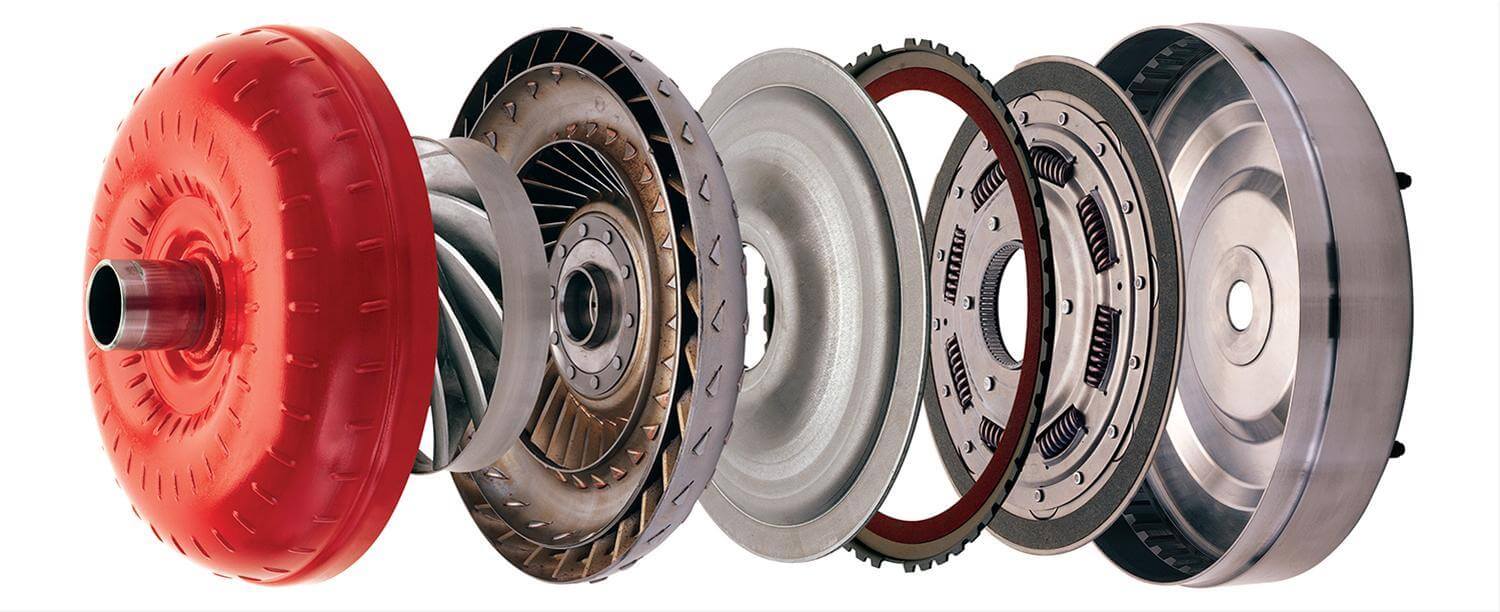
The correct torque converter will help tune your automatic transmission performance to work with the engine, axle gears and tire size of your 4×4. A slightly looser converter can really liven up a sluggish or poorly matched transmission and engine combination.
Some swapped in, modified and even factory automatic transmission applications are plagued with sluggish performance. In these situations the torque converter may need to be better matched to the engine, tire size and axle gearing. An aftermarket torque converter with a slightly higher stall speed can really liven up the throttle response and overall engine performance of a 4×4. Keep in mind that this looser converter will generally make more heat, so you may want to increase transmission cooling capacity at the same time. If you’re looking for more quick and comfortable transmission control at your fingertips, lots of different types of aftermarket automatic transmission shifters are available for many of the most popular transmissions.
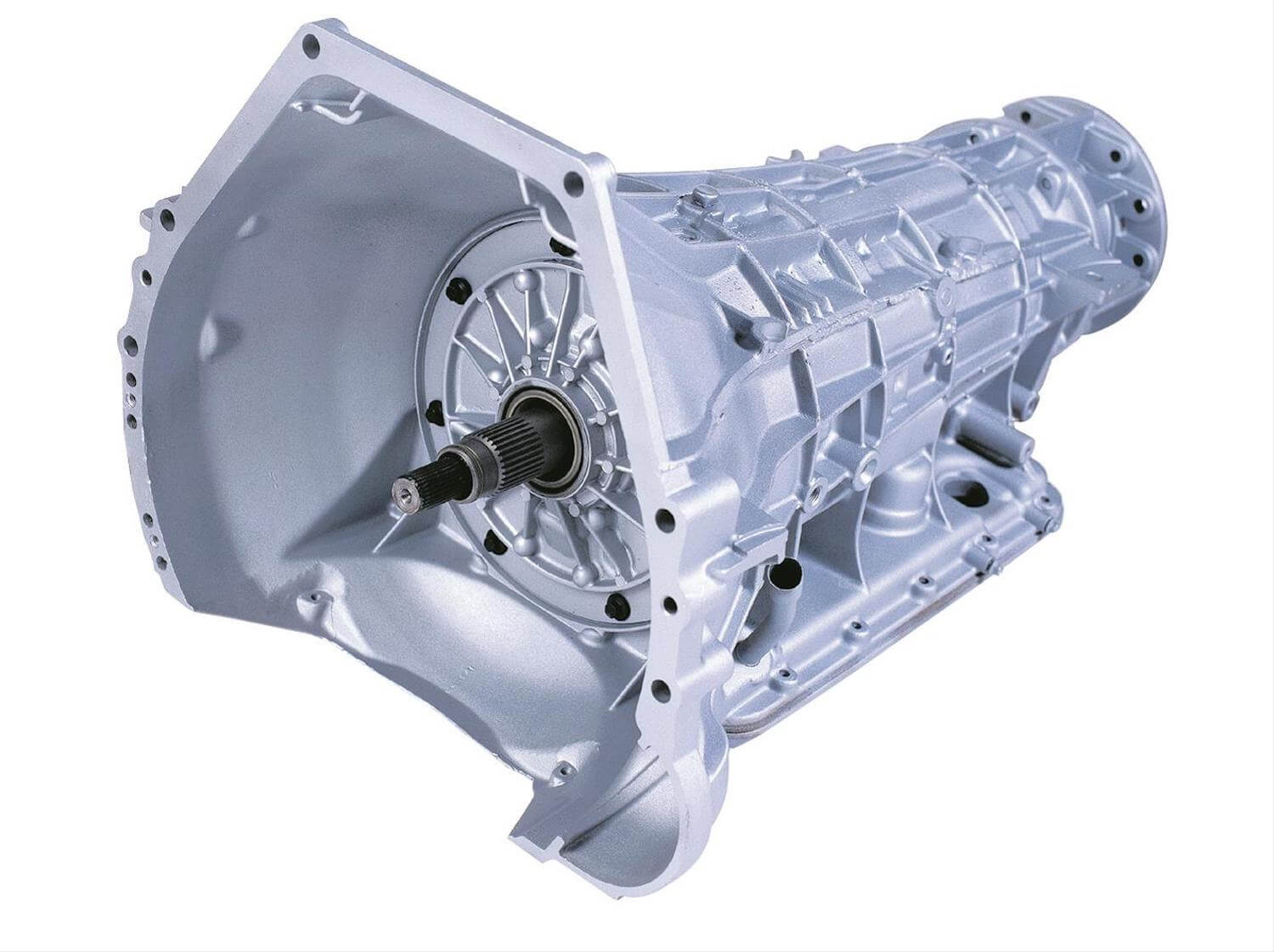
Applications with chronic automatic transmission problems will benefit from a complete bolt-in heavy-duty aftermarket transmission replacement. Most feature modifications and beefy parts designed for increased horsepower and reliably towing heavy loads.




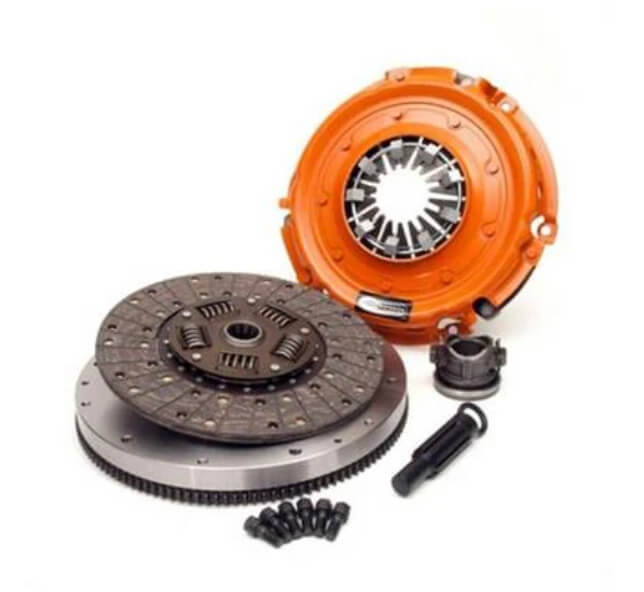


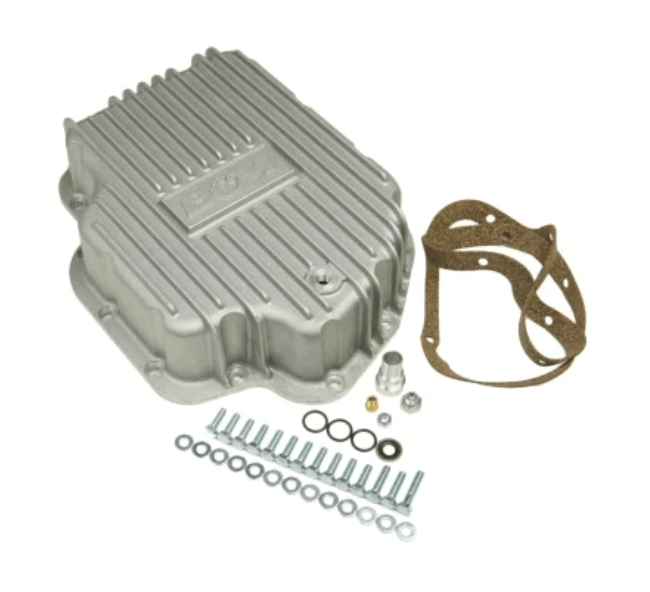
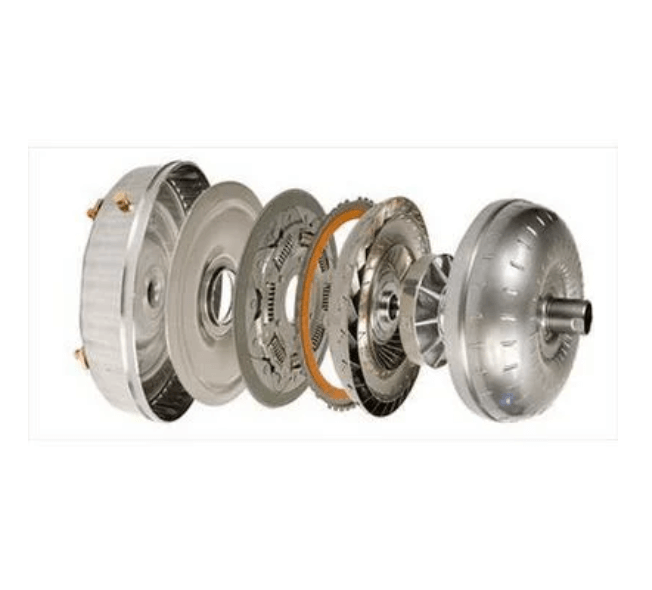



2